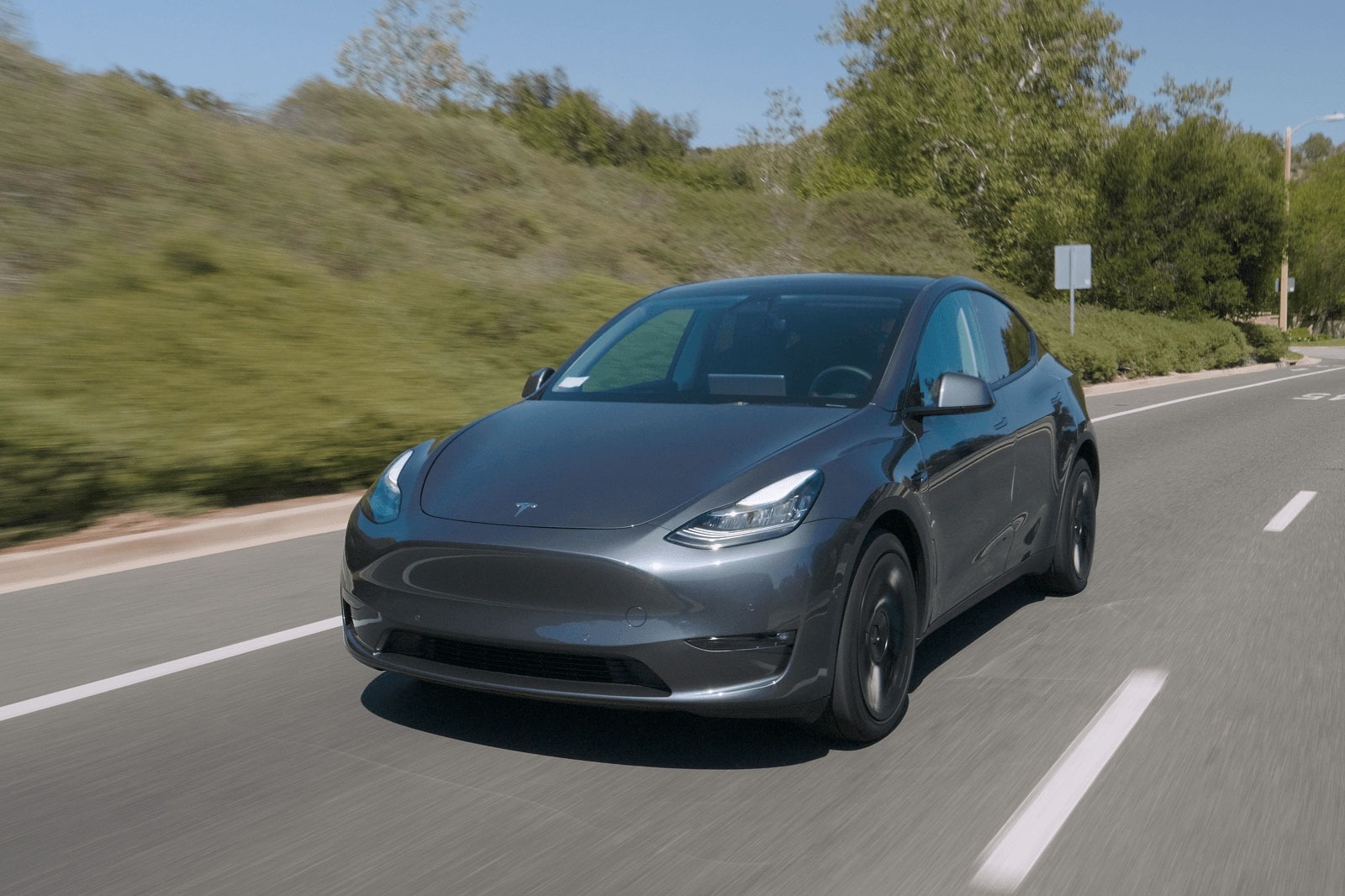My car is a 2121 Model Y, with 20" Induction tires, just upgraded to the Holiday release. Taking a road trip from Seattle to Eugene OR. Taking the trip on I-5, I've noticed that depending on my speed, I'm getting as little as half of the nominal range. Once I got to measuring, I noted the following data on the leg between the Vancouver, WA supercharger and the Springfield, OR SC:
Outside temperature: 37-40 F. Light rain during roughly half the trip.
Autopilot driving speed: 65 mph (all highway - southbound on I-5 - except for less than a mile of entry and exit road). Clear roads, maintained speed through most of the trip with only a few dips down to 50-55 mph.
Driving distance: 118 miles
Travel time: 1 hour, 55 min nonstop
Range at start: 260 miles (80%)
Range at end: 65 miles (20% - yes, the battery went from almost exactly 80% to 20%. Go figure)
Wh per mile: 359 (!)
So, the trip used 195 miles of range over a 118 mile actual distance, which gives me 60.5% efficiency. This would bring the car's total range to 196 miles.
Is this low efficiency expected under these conditions?
Outside temperature: 37-40 F. Light rain during roughly half the trip.
Autopilot driving speed: 65 mph (all highway - southbound on I-5 - except for less than a mile of entry and exit road). Clear roads, maintained speed through most of the trip with only a few dips down to 50-55 mph.
Driving distance: 118 miles
Travel time: 1 hour, 55 min nonstop
Range at start: 260 miles (80%)
Range at end: 65 miles (20% - yes, the battery went from almost exactly 80% to 20%. Go figure)
Wh per mile: 359 (!)
So, the trip used 195 miles of range over a 118 mile actual distance, which gives me 60.5% efficiency. This would bring the car's total range to 196 miles.
Is this low efficiency expected under these conditions?
Last edited:





